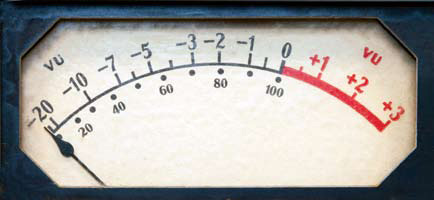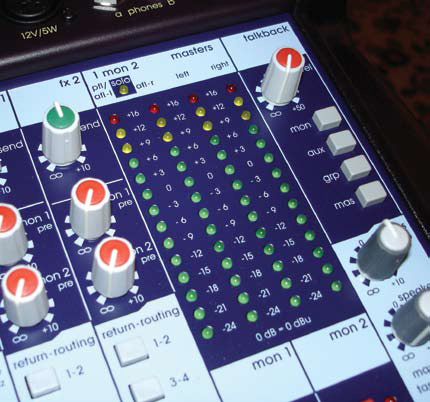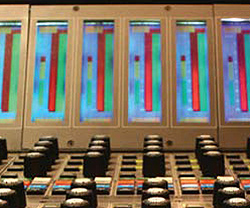Is your audio gear operating in the optimum part of its dynamic range? Does excessive noise or occasional distortion plague your system? Does it become difficult during a long, loud event to discern the loudness of the system, forcing you to keep a sound level meter handy to avoid excess levels?
All of these problems can be solved with an audio meter. Here’s a look at some of the major meter types as well as what they are for.
A number of standards exist for the response characteristics of the meters used by audio products. The two major types are the Volume Indicator (VI) and the Peak Program Meter (PPM). The VI is often referred to as a VU meter, since the meter indication is the Volume Unit or VU.
In today’s audio world it is getting increasingly difficult to find a meter that adheres exactly to a standard. This doesn’t mean that the meter isn’t useful, it just means that one can’t be completely certain of what they are monitoring when they observe it.
I try to check the characteristics of meters every chance I get, just to get a feel for what is out there in the market place.
Volume Indicator
The reading on a VI tracks the loudness component of the signal, which is approximately related to the Root-Mean- Square (RMS) voltage at the output of the device.
This is a vital piece of information to the system operator, not only because it relates to loudness, but because it also relates to the applied power to the loudspeaker. The visual monitoring of a properly calibrated VI can prevent loudspeaker thermal damage and excessive sound level to the audience.

The zero reference on a VI is typically +4 dBu and the range is -20 dB to +3 dB. Since the meter is blind to peaks due to its slow response time (300 ms), a peak LED may be included. The VI is a live sound operator’s best friend, because it gives them visual feedback as to the loudness of the system that can be trusted when the ears become fatigued.
Peak Program Meter
The reading on a PPM tracks the peaks of the audio waveform, but not quite. The true peaks can exceed the indicated peak by up to 8 dB. The meter’s ballistics were designed to ignore very short term peaks for which clipping would not be audible. PPMs are useful for getting the full, usable audio level out of a device.

There are several flavors, each having a different scale, but on sound reinforcement mixers meter zero is typically around 1 VRMS and levels up to +16 dB are indicated. They are blind to loudness due to their short integration time.
True Peak Program Meter
Peak monitoring is especially important when making a recording, where it is necessary to avoid clipping of the signal. True PPM’s usually have 0 dB at the top of the scale, with meter zero indicating clipping of the waveform. The response time is instantaneous (practically) so clipping of even very short term peaks is indicated.
Software WAV editors and digital audio workstations often include True PPMs. While quite useful in recording applications, where the objective is to completely avoid clipping, in the world of live sound some short term clipping is typically inaudible, and even unavoidable at high sound levels.
In-the-Trenches Test
The main thing that one needs to know when they encounter a meter of either type is, “What is this thing telling me?” It’s not always apparent from simply observing the meter, with or without program material.















